“Ang pinakabudlay nga obra nga imo palanggaon!” That’s the translation of “the toughest job you’ll ever love,” in my local dialect. It’s a well-known Peace Corps quote, and it rang true throughout my service.
I can’t believe that I’m fulfilling a dream I have had since childhood. Here I am, in the Philippines – three months into service, training is finished and I am headed to my permanent site. I will live there for the next TWO YEARS: Antique, here I come!
It’s been almost 36 hours since I last slept and my eyelids are drooping despite my efforts to keep them open. I’ve said good-bye to the Peace Corps volunteers that I spent the last three months learning, laughing, and crying with.
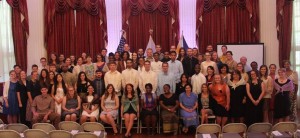
The sunlight is flickering through the palm trees as the sun sets over the ocean. I open my eyes just long enough to see the ocean on my right and the mountains on my left. Next to me in the van, I have my site mate, soon to become one of my best friends, and my new host family.
How does it work?
After a competitive application process stressing technical skills, motivation, adaptability, and cross-cultural understanding, Peace Corps invited me to serve as a Coastal Resource Management (CRM) volunteer in the Asian nation of the Philippines.
After a careful analysis of my skills, I was assigned to a small village in the northern province of Antique serving in the local government unit (LGU) as a CRM extension worker.
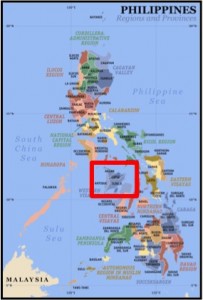
I was assigned to the Municipal Agriculture Office (MAO) within the LGU, which consists of a Municipal Agricultural Officer, an Assistant Agricultural Officer, an AT Fisheries Technician I, and five job orders. This office primarily handles issues regarding the local resources of my village: two marine sanctuaries, fisheries, livestock, and crops.
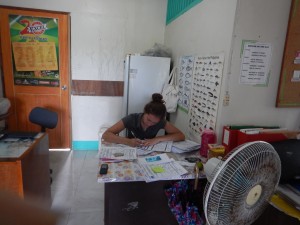
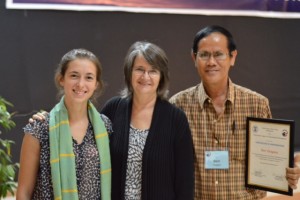
Why CRM in my village?
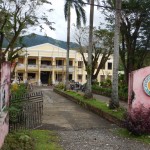
A CRM plan was desperately needed here to manage the few fish the community had left, to preserve a rapidly declining 400 hectare marine santuary, and to promote food security.
Typhoon Yolanda hit almost two years ago and devastated most of the Philippines. It destroyed houses, coastal resources like fisheries and corals, and most major buildings.
The damage was evident, but most of my village regenerated quickly. On the east side, you have the high mountains that no matter what kind of weather look majestic. In the middle, there are hectares upon hectares of rice. It is no stereotype that Philippinos love rice. It’s a fact.
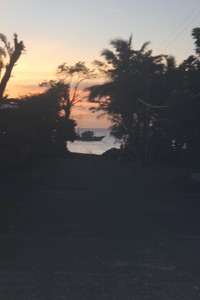
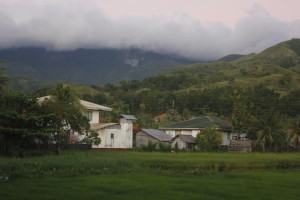
On the west side you have the ocean. Another staple food is fish, but because of illegal fishing and typhoon Yolanda, fish are becoming scarce and people underfed.
What did you do?
I was the only foreigner in the town and worked in the MAO with two Filipino counterparts, the Fisheries Tech in the MAO and Environemtnal Officer in the Municipal Environmental and Natural Resources Office. I focused on two projects: (1) implementing the previously established CRM plan and (2) implementing the new environmental and natural resources management plan. The mission of my community is to bring both jobs and food to those most effected by Typhoon Yolanda, as well as to restore it to the pristine condition it was once in.
What does it look like on the ground?
My primary project was to help actualize the CRM plan. What does that mean, you might wonder? I was not totally sure either when I first arrived, so my main ‘project behind the scenes’ was to learn the local language (Kinaray-a) and to make friends (so. much. networking.).
Turns out, this was the easiest part! I made some life-long friends in the process.
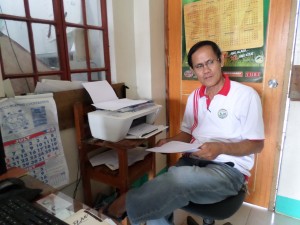
In the office… The logistics of implementing a CRM plan were a little more tricky. My job in the office consisted of assisting my counterpart, Ben, with bringing more money to the fisheries sector by applying for grants, writing project proposals, and increasing the CRM budget of the LGU. Together, we also re-wrote the fisheries ordinances to outline rules that appropriately reflect the needs of my town. We included fines for illegal fishing practices like dynamite and cyanide fishing, commercial fishing, and itemized types of illegal fishing gear.

Because fisherfolk depend on their yields to feed their families and for income, the declining fish stocks have forced many into poverty, where they work multiple jobs, if possible. To help address these issues, the MAO provides seed disbursement programs for existing farmers and gear distribution for fisherfolk. More often than not, the fisherfolk and farmers are one in the same.
In the field… CRM work spices up a bit! I assisted with coral reef assessments – yes, I spent some time snorkeling and diving to determine the extent of damage on the reefs. My town protects about 400 hectares of a marine sanctuary – it’s a vast and beautiful sanctuary! About 50% of this sanctuary is still in good shape, but the other 50% has degenerated rapidly in the past few years.
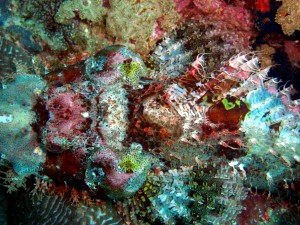
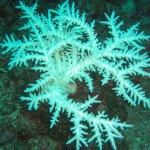
Ben and I also focused on organizing the fisherfolk into town-based councils called Barangay Fisheries and Aquatic Resource Management Councils (BFARMCs). These allow them to manage resources locally. We also went to every town in order to sign fisherfolk into a national registry called FishR. FishR qualifies fisherfolk for programs and funding. It was crazy to think I got to know almost all of these people by name!
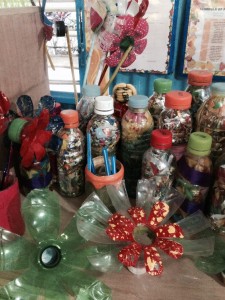
My secondary project was to help keep the local water clean. It all started with my own garbage – it has no where to go! I could throw out my wrapper from my favorite DingDong snacks, but see it on the ground the next day. Usually, it was charred because it wasn’t completely burned. Garbage on the ground…burning garbage?! I started by having my neighbors make bottle bricks and NOT burn garbage. Then, I took the idea to Municipal Hall and gave presentations on bottle bricks and composting projects that would work within my town. My idea was to use the plastic bottle bricks to build a composting bin next to the new community garden by the Municipal Hall. Everyone really loved it! Just before I left, every office was filling their own bottles.
Now what?
Unfortunately, my time in the Philippines was cut short because of a tragic auto accident. I was medically evacuated back to the United States in order to heal. However, on a positive note, I will be able to focus on writing my thesis this year! As I learned in the Philippines, there is much to be done with solid waste management, so this will be the focus of my thesis.
The projects that I so abruptly left, I am proud to say, are being carried out my some of my strongest co-workers in Sebaste. They have progressed with both the CRM Plan and the MENRO plan by spreading information and getting community support – sometimes, that’s the biggest battle.
I plan on returning to my work in the Philippines once my academic work is completed. Hopefully, I will be able to expand on my thesis work when I go back!
This post reflects my personal views and not those of Peace Corps.
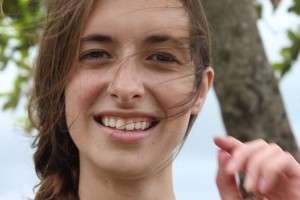
Master’s International Student ’16
Environmental Policy at Bard College
Served in Peace Corps Philippines Batch 273
